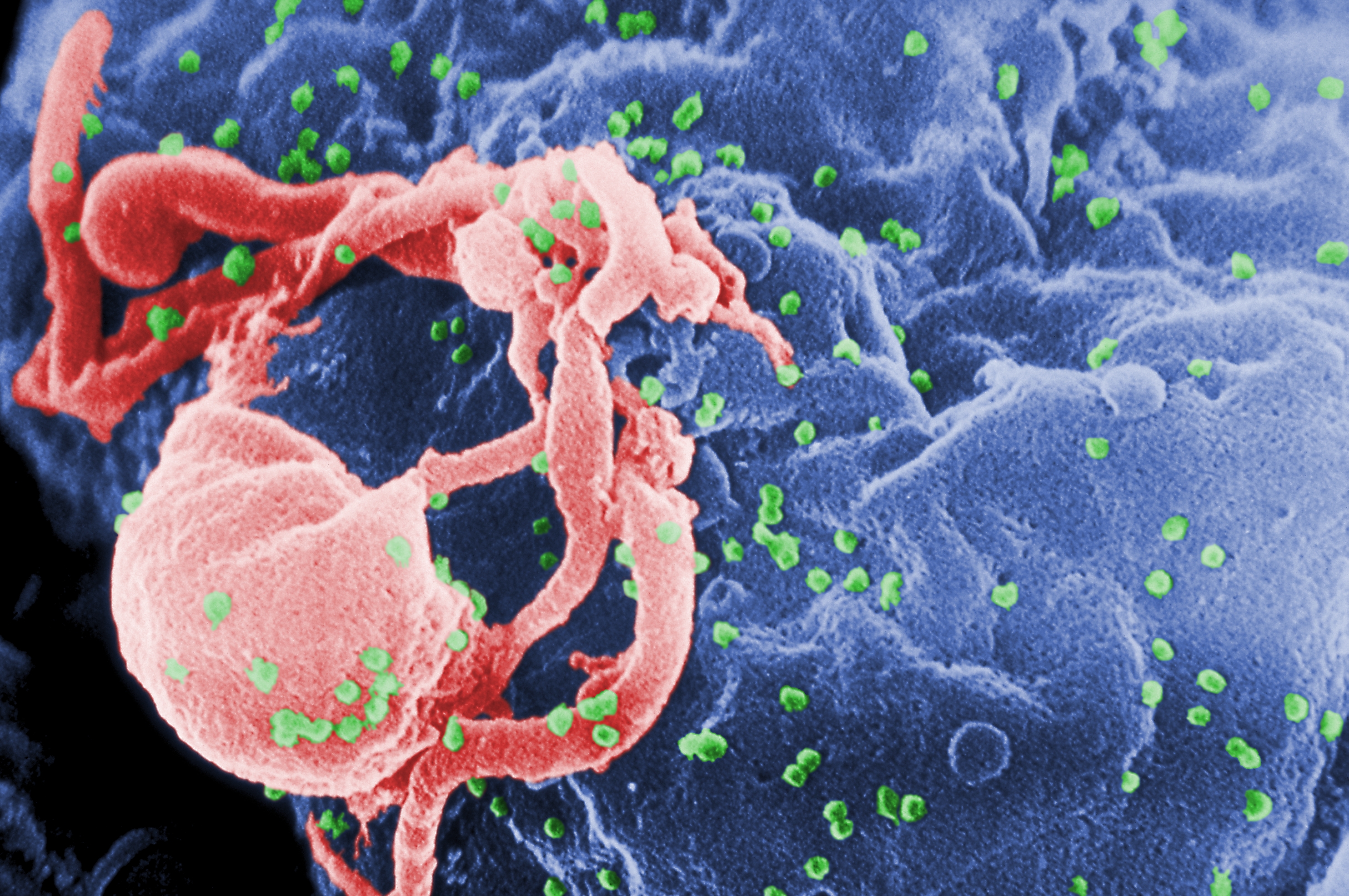Oxford University and Public Health England (PHE) have lead an international team of scientists in an analysis of HIV migration patterns across the Ukraine. This study, which used genomic data to reconstruct the spread of the virus, has shown how geopolitical events have helped to conduct the virus to regions where it is more likely to spread, increasing the risk of an outbreak.
The lead author of the paper, Tetyana Vasylyena, is a PhD candidate at Oxford’s Zoology department. She explains that rather than causing a spike in transmission rates, the war has caused the rate at which the virus moves geographically to be stepped up. The 1.7 million people moving across the country from cities like Donetsk and Lugansk (which fell out of governmental control in 2014) are now living in many disparate areas, some of which show higher rates of practices likely to spread HIV.
The potential for increased transmission risks is worsened, Vasylyena details, by many factors supporting the “worrying epidemiological situation” in the Ukraine: ‘In a country of 45 million people, an estimated 220,000 are infected with HIV – the highest prevalence in Europe. The epidemic started in the 1990s with an explosive rise in the number of new infections in people who inject drugs, but today 70-80% of new infections are reported to be in heterosexual people who don’t inject drugs. It is a silent epidemic, because about 50% of HIV-infected people are unaware of their infection status and around 40% of newly diagnosed people are in the later stages of the disease.’.
Senior author Dr Gkikas Magiorkinis, formerly of Oxford University/PHE and now of the National and Kapodistrian University of Athens, describes another complicating element to the issue: ‘We also observed that in 2015 the prevalence of virus resistance against drugs that can be used for pre-exposure prophylaxis (PreP) was 34%, which seems much higher than other European countries. PreP is a drug treatment that can prevent HIV infection in people who are at substantial risk and has recently emerged as an important public health strategy to control the spread of HIV. Our findings suggests that in Ukraine this method could be undermined in the near future. Further work is needed to confirm this worrying preliminary observation.’.
Dr Jonathan Pearce, Head of Infections and Immunity at the MRC, and Vasylyena both emphasised how the results of this study may now be used to inform public health practices against the virus. Magiorkinis called for harm reduction services to be “scaled up” and for international support to prevent “a potential new public health tragedy”.





